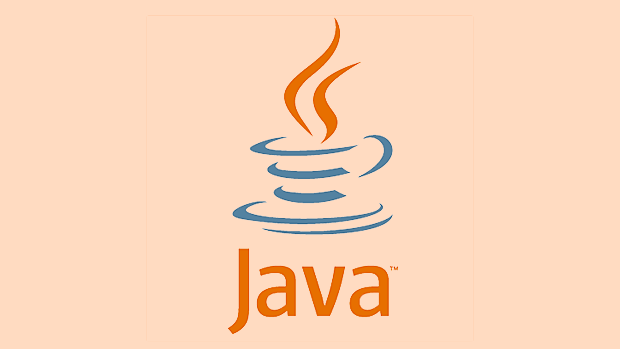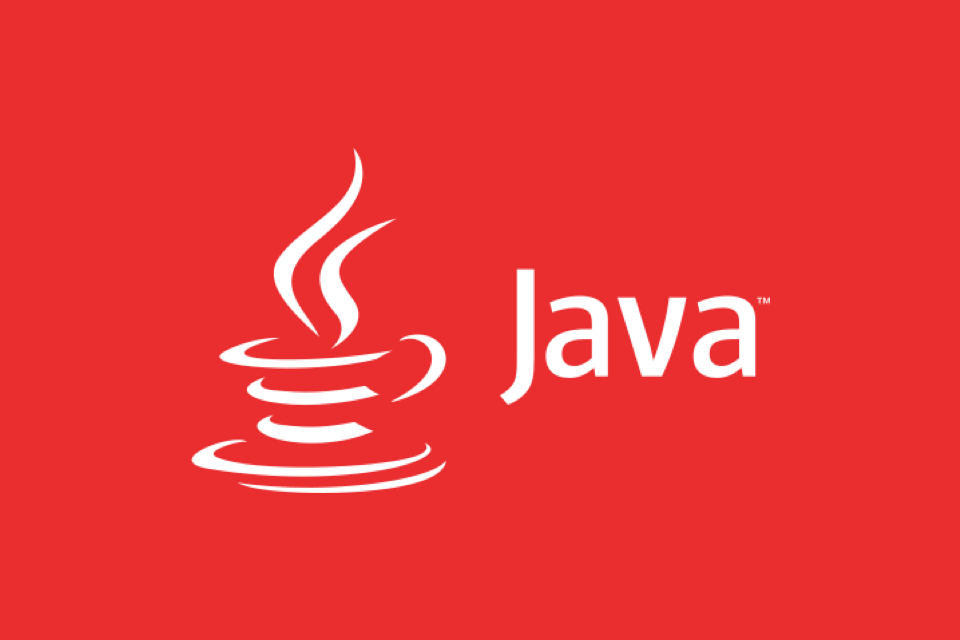Virtual Threads (official version) significantly simplifies high-throughput concurrent programming, suitable for I/O-intensive tasks; 2. Structured Concurrency (official version) improves the readability and security of concurrent code and avoids zombie threads; 3. String Templates (preview version) replaces String.format, making it safer to verify when compiling; 4. Sequenced Collections API (official version) unified and ordered collection operations such as getFirst and reversed; 5. Other new additions include Scoped Values, Record Patterns and General ZGC. It is recommended to upgrade to Java 21 as soon as possible for performance improvements and modern syntax support, especially for I/O-intensive applications and new concurrent logic development.

Java 21, released in September 2023, is a long-term support (LTS) version — meaning it's not just another incremental update. It brings powerful new features, performance improvements, and long-awaited language enhancements that developers have been asking for. If you're upgrading from Java 17 (also LTS), here's what's actually new and useful in Java 21.

? 1. Virtual Threads (Preview → Final)
This is the biggest game-changer in Java 21 — and it's no longer in preview! Virtual threads make writing high-throughput concurrent applications dramatically easier.
Why it matters:

- Traditional platform threads (OS threads) are expensive — limited in number and heavy on memory.
- Virtual threads are lightweight , managed by the JVM, and can scale to millions per process.
- You don't need to rewrite your code — just use
Thread.startVirtualThread(Runnable)or run your existingExecutorServicetasks on a virtual thread factory.
Example:
try (var executor = Executors.newVirtualThreadPerTaskExecutor()) {
IntStream.range(0, 10_000).forEach(i -> {
executor.submit(() -> {
Thread.sleep(Duration.ofSeconds(1)); // No blocking issues!
System.out.println("Task " i " done");
return null;
});
});
}
// Runs fast, no thread pool tuning neededTip: Use virtual threads for I/O-heavy tasks (web servers, DB calls, APIs) — not CPU-bound work.

? 2. Structured Concurrency (Final)
Complements virtual threads by making concurrent code easier to reason about and debug.
What it does:
- Groups related threads into a single unit of work.
- Ensures all child threads complete or fail together — no more "zombie threads".
- Catches exceptions cleanly and propagates them to the caller.
Example:
try (var scope = new StructuredTaskScope.ShutdownOnFailure()) {
Future<String> user = scope.fork(() -> fetchUser());
Future<Integer> score = scope.fork(() -> fetchScore());
scope.join(); // Wait for both
scope.throwIfFailed(); // Propagate any exception
return new Result(user.resultNow(), score.resultNow());
} Think of it like try-with-resources for concurrency — clean, predictable, and safe.
? 3. String Templates (Preview)
A modern alternative to String.format() and concatenation — think of it as “f-strings for Java”.
Why you'll like it:
- Safer than
String.format()(no runtime errors from mismatched args). - More readable than
StringBuilder. - Supports interpolated expressions with compile-time validation.
Example:
String name = "Alice";
int score = 95;
// Old way
String msg = String.format("User %s scored %d", name, score);
// New way with STR template
String msg = STR."User \{name} scored \{score}"; Also supports raw templates ( FMT ) for formatting:
double price = 19.99;
String formatted = FMT."Price: \{price,.2f}"; // "Price: 19.99"Still in preview — but likely to become standard soon.
? 4. Sequenced Collections API (Final)
Adds consistent methods like getFirst() , getLast() , and reversed() to all ordered collections.
Before Java 21:
List<String> list = new ArrayList<>(); String last = list.get(list.size() - 1); // Ugly
After Java 21:
List<String> list = new ArrayList<>(); String first = list.getFirst(); String last = list.getLast(); SequencedCollection<String> reversed = list.reversed();
Works with List , Deque , and any collection that has a defined encounter order.
? 5. Other Notable Additions
- Scoped Values (Preview): Safer alternative to thread-local variables — especially useful with virtual threads.
- Record Patterns (Final): Simplify destructuring records in
instanceoforswitch. - Pattern Matching for
switch(Final): Match on types, records, and more insideswitchexpressions. - General ZGC (Experimental): Improves GC pause times by separating young/old objects — great for latency-sensitive apps.
? What Should You Do Now?
- ? Upgrade to Java 21 — especially if you're on Java 17 or earlier.
- ? Start using virtual threads in I/O-heavy apps — huge perf gains with minimal code changes.
- ? Try string templates in new code — they're more readable and less error-prone.
- ? Use structured concurrency for any new async logic — it makes debugging easier.
Java 21 isn't just about new syntax — it's about making concurrency simple, safe, and scalable . These features reduce boilerplate, improve performance, and make Java feel modern again.
Basically, if you're writing Java in 2024 , Java 21 is where you want to be.
The above is the detailed content of What's New in Java 21: A Comprehensive Guide. For more information, please follow other related articles on the PHP Chinese website!

Hot AI Tools

Undress AI Tool
Undress images for free

Undresser.AI Undress
AI-powered app for creating realistic nude photos

AI Clothes Remover
Online AI tool for removing clothes from photos.

Clothoff.io
AI clothes remover

Video Face Swap
Swap faces in any video effortlessly with our completely free AI face swap tool!

Hot Article

Hot Tools

Notepad++7.3.1
Easy-to-use and free code editor

SublimeText3 Chinese version
Chinese version, very easy to use

Zend Studio 13.0.1
Powerful PHP integrated development environment

Dreamweaver CS6
Visual web development tools

SublimeText3 Mac version
God-level code editing software (SublimeText3)

Hot Topics
 What is the `enum` type in Java?
Jul 02, 2025 am 01:31 AM
What is the `enum` type in Java?
Jul 02, 2025 am 01:31 AM
Enums in Java are special classes that represent fixed number of constant values. 1. Use the enum keyword definition; 2. Each enum value is a public static final instance of the enum type; 3. It can include fields, constructors and methods to add behavior to each constant; 4. It can be used in switch statements, supports direct comparison, and provides built-in methods such as name(), ordinal(), values() and valueOf(); 5. Enumeration can improve the type safety, readability and flexibility of the code, and is suitable for limited collection scenarios such as status codes, colors or week.
 What is the interface segregation principle?
Jul 02, 2025 am 01:24 AM
What is the interface segregation principle?
Jul 02, 2025 am 01:24 AM
Interface Isolation Principle (ISP) requires that clients not rely on unused interfaces. The core is to replace large and complete interfaces with multiple small and refined interfaces. Violations of this principle include: an unimplemented exception was thrown when the class implements an interface, a large number of invalid methods are implemented, and irrelevant functions are forcibly classified into the same interface. Application methods include: dividing interfaces according to common methods, using split interfaces according to clients, and using combinations instead of multi-interface implementations if necessary. For example, split the Machine interfaces containing printing, scanning, and fax methods into Printer, Scanner, and FaxMachine. Rules can be relaxed appropriately when using all methods on small projects or all clients.
 Asynchronous Programming Techniques in Modern Java
Jul 07, 2025 am 02:24 AM
Asynchronous Programming Techniques in Modern Java
Jul 07, 2025 am 02:24 AM
Java supports asynchronous programming including the use of CompletableFuture, responsive streams (such as ProjectReactor), and virtual threads in Java19. 1.CompletableFuture improves code readability and maintenance through chain calls, and supports task orchestration and exception handling; 2. ProjectReactor provides Mono and Flux types to implement responsive programming, with backpressure mechanism and rich operators; 3. Virtual threads reduce concurrency costs, are suitable for I/O-intensive tasks, and are lighter and easier to expand than traditional platform threads. Each method has applicable scenarios, and appropriate tools should be selected according to your needs and mixed models should be avoided to maintain simplicity
 Differences Between Callable and Runnable in Java
Jul 04, 2025 am 02:50 AM
Differences Between Callable and Runnable in Java
Jul 04, 2025 am 02:50 AM
There are three main differences between Callable and Runnable in Java. First, the callable method can return the result, suitable for tasks that need to return values, such as Callable; while the run() method of Runnable has no return value, suitable for tasks that do not need to return, such as logging. Second, Callable allows to throw checked exceptions to facilitate error transmission; while Runnable must handle exceptions internally. Third, Runnable can be directly passed to Thread or ExecutorService, while Callable can only be submitted to ExecutorService and returns the Future object to
 Best Practices for Using Enums in Java
Jul 07, 2025 am 02:35 AM
Best Practices for Using Enums in Java
Jul 07, 2025 am 02:35 AM
In Java, enums are suitable for representing fixed constant sets. Best practices include: 1. Use enum to represent fixed state or options to improve type safety and readability; 2. Add properties and methods to enums to enhance flexibility, such as defining fields, constructors, helper methods, etc.; 3. Use EnumMap and EnumSet to improve performance and type safety because they are more efficient based on arrays; 4. Avoid abuse of enums, such as dynamic values, frequent changes or complex logic scenarios, which should be replaced by other methods. Correct use of enum can improve code quality and reduce errors, but you need to pay attention to its applicable boundaries.
 Understanding Java NIO and Its Advantages
Jul 08, 2025 am 02:55 AM
Understanding Java NIO and Its Advantages
Jul 08, 2025 am 02:55 AM
JavaNIO is a new IOAPI introduced by Java 1.4. 1) is aimed at buffers and channels, 2) contains Buffer, Channel and Selector core components, 3) supports non-blocking mode, and 4) handles concurrent connections more efficiently than traditional IO. Its advantages are reflected in: 1) Non-blocking IO reduces thread overhead, 2) Buffer improves data transmission efficiency, 3) Selector realizes multiplexing, and 4) Memory mapping speeds up file reading and writing. Note when using: 1) The flip/clear operation of the Buffer is easy to be confused, 2) Incomplete data needs to be processed manually without blocking, 3) Selector registration must be canceled in time, 4) NIO is not suitable for all scenarios.
 Exploring Different Synchronization Mechanisms in Java
Jul 04, 2025 am 02:53 AM
Exploring Different Synchronization Mechanisms in Java
Jul 04, 2025 am 02:53 AM
Javaprovidesmultiplesynchronizationtoolsforthreadsafety.1.synchronizedblocksensuremutualexclusionbylockingmethodsorspecificcodesections.2.ReentrantLockoffersadvancedcontrol,includingtryLockandfairnesspolicies.3.Conditionvariablesallowthreadstowaitfor
 How Java ClassLoaders Work Internally
Jul 06, 2025 am 02:53 AM
How Java ClassLoaders Work Internally
Jul 06, 2025 am 02:53 AM
Java's class loading mechanism is implemented through ClassLoader, and its core workflow is divided into three stages: loading, linking and initialization. During the loading phase, ClassLoader dynamically reads the bytecode of the class and creates Class objects; links include verifying the correctness of the class, allocating memory to static variables, and parsing symbol references; initialization performs static code blocks and static variable assignments. Class loading adopts the parent delegation model, and prioritizes the parent class loader to find classes, and try Bootstrap, Extension, and ApplicationClassLoader in turn to ensure that the core class library is safe and avoids duplicate loading. Developers can customize ClassLoader, such as URLClassL






